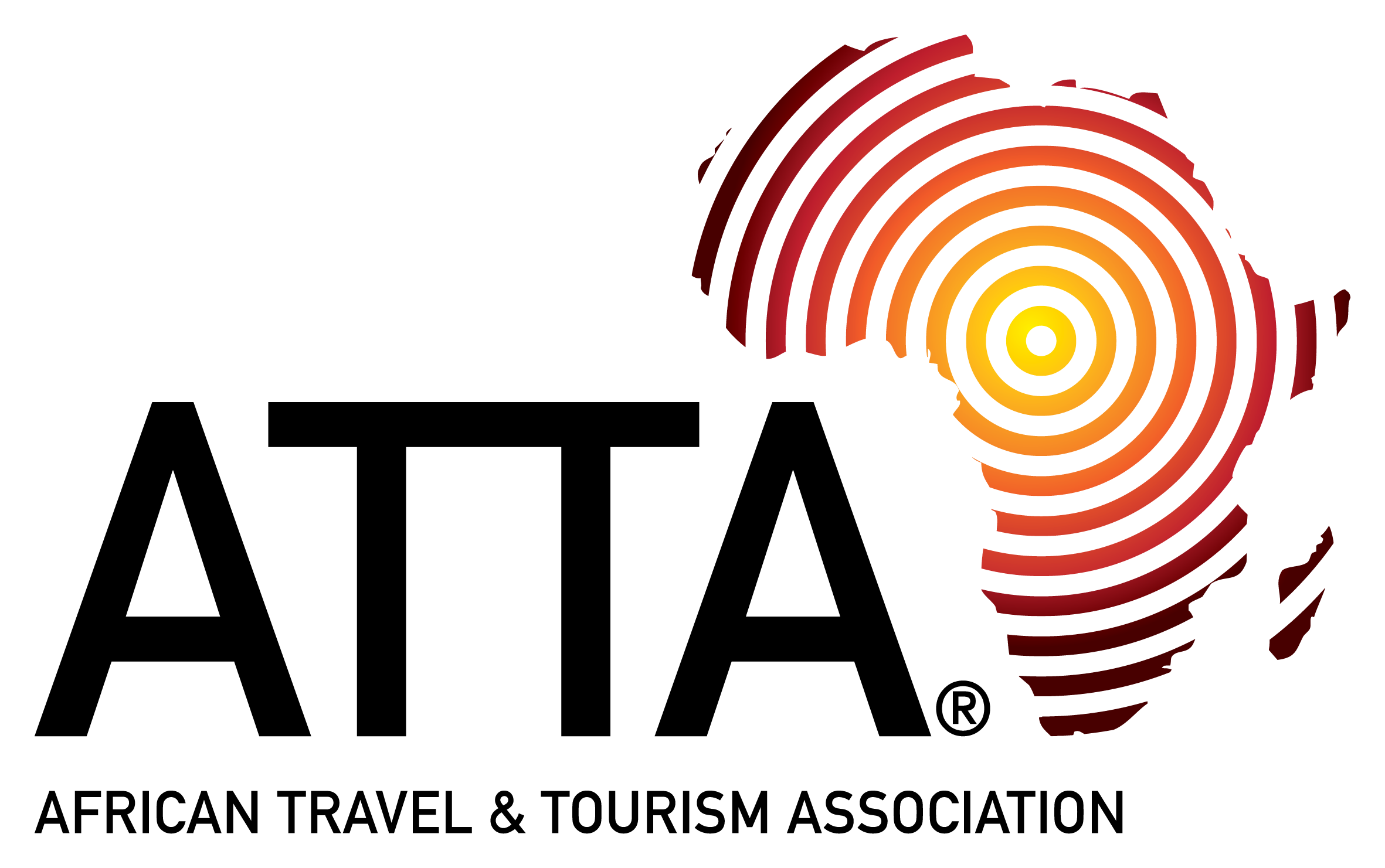Day : Descend to Tok Tok, via Namche Bazaar, 6-7 hours
Return to the busy town of Namche, a dramatic contrast to the barren uplands you’ve arrived from.
We stay in Namche for an hour or so to shop for souvenirs and relax, then it’s down a steep trail to the big suspension bridge far below Namche, and finally to Tok Tok, where we camp.
Day 1: Kathmandu (1300m)
You will be met on arrival in Kathmandu by our local climb team. They will brief the group on the journey ahead, and answer any questions you may have about the route.
This evening we camp at a quiet campsite in Dulikhel, in the Kathmandu Valley. Dinner will be served at the camp, then an early night ready for a fresh start tomorrow morning!
Day 2: Fly to Lukla (2,900m), and begin trek to Tok Tok (2,760m), 3-4 hours
Transfer to the airport for the morning flight to Lukla. The domestic aircraft are small, and so depending on the size of the group we may need to form multiple flying groups. Patience will be required, as the domestic airport is very busy and flights are frequently delayed.
The views from the plane – of terraced hills backdropped by the distant Himalayan giants – are stunning. On arrival in Lukla, the different flying parties will meet up at the Paradise Hotel ready to begin the trek into the Khumbu region. It is a relatively easy 3-4 hour trek contouring along the Dud Khosi River to take you to Tok Tok (2,760m), tonight’s resting place. Be prepared for your first rope bridge crossing and for the enormous number of trekkers, porters and yaks on the trail. During this initial trek, it is very important that the students stay in the allocated walking groups and listen to the advice from the guides and team leaders.
Day 3: Trek to Namche Bazaar (3450m), 5-6 hours
Continue to trek along the banks of the Dudh Kosi, crossing this roaring river on exciting suspension bridges laden with prayer flags.
After entering Sagamartha National Park, the trail climbs steeply (be prepared for a height gain of over 690ms.) and you can expect breath-taking views as you approach Namche Bazaar, the gateway to the Khumbu region, and the setting for tonight’s campsite.
Day 4: Everest Viewpoint (3660m) and short trek to Kyanguma (3550m)
Today is primarily a rest and acclimatisation day with only a short trek this morning. We will climb first up to the Everest Viewpoint, situated just above Namche, from where we will have tremendous views of Mt. Everest, Lhotse (the 4th highest peak in the world) and the beautiful Ama Dablam.
Then descend via Khunde village and continue a short way on the route to Everest Base Camp, until reaching a lovely camping place at Kyanguma. The rest of the day is for relaxation and acclimatisation.
Day 5: To Deboche (3,820m), 4-5 hours
From Kyangjuma we trek along the contour of the hill and then down to the valley floor en route to Tangboche (3,860m). The climb up to Tangboche is arduous with a height gain of around 600m. It will be a touch climb but you are rewarded with amazing views into the deep and lush valleys below.
Our route will take us through the spiritual centre of the Khumbu region. At Tangboche there is a famous monastery, inside of which are ornate wall hangings, a giant sculpture of Buddha, and the musical instruments and robes of the Lamas. After visiting the monastery, continue down to Deboche, which is about half an hour’s distance, where we camp in the grounds of the Rhodendrun Lodge.
Day 6: To Dingboche (4,410m), 4-5 hours
Our trek continues along the roaring glacial waters of the Dudh Kosi, as we leave the temperate wooded zone and head into the barren uplands.
The air becomes thinner the higher we climb and so we will need to maintain a slow and steady pace while taking the necessary precautions against altitude sickness: frequent rest and lots of water. We cross another exciting suspension bridge above the Imja River, and climb to Pangboche amongst thousands of Mani stones.
From Pangboche the route winds high above the valley floor, passing through various Sherpa settlements until we climb up to reach our camping place for the next two days, Dingboche.
Day 7: Acclimatisation day in Dingboche
Today is an acclimatization day, intended to help the group adjust to the effects of the altitude.
There is the option of a light hike up the nearby ridge to see the stupas, and for views of the spectacular 6,000m peaks of Tawoche, Cholatse, Island Peak and the 8,000m wall of Lhotse. On a clear day one may see Mount Makulu, a giant of more than 8,000m and the 5th highest mountain in the world. Near to our camping place and tea house in Dingboche there is an internet café charging reasonable connection rates, allowing the group to contact loved ones at home.
Day 8: To Lobuche (4,910m), 4-5 hours
From Dingboche, the trail climbs and contours upwards across exposed slopes. We will stop near Thokla (4,620m) for lunch before continuing along the lateral moraine of the Khumbu Glacier.
Above Thokla we pass by stone memorials to climbers who have died on the mountains around us. Look carefully and you’ll find touching memorials to famous mountaineers. From Thokla Pass, we follow the trail to Lobuche, where we camp just below the terminal moraine of the tributary glacier. Please note: the valley is a wind corridor and can be very, very cold, especially when the sun is behind the peaks.
Lobuche is a small village, always busy with trekkers and sherpas, and the last settlement on the route to Everest Base Camp.
Day 9: To Gorak Shep (5,164m), 4-5 hours
An early morning start brings us closer to our objective.
We wind our way through the terminal moraine of the Khumbu glacier to our accommodation at Gorak Shep, situated at the base of Kala Patthar. This was the original Base Camp used by Sir Edmund Hillary and Tenzing Norgay on their successful ascent of Everest, before the Base Camp moved closer to the mountain on the edge of the Khumbu Icefall. Overnight at Gorak Shep.
Day 10: Everest Base Camp (5,346m), 4-5 hours
Today will see us reach our primary goal, Everest Base Camp, located at the foot of the Khumbu Icefall. The start of the trail is across a dried up lake.
After approx. 3 hours of steady uphill trekking, which will see us picking our way around boulders and patches of snow and ice, the prayer flags of Everest Base Camp will come into view. After a last uphill push, taking us past the fascinating glaciers of the Khubmu icefall, we arrive – breathe a sigh of relief! To have achieved at your objective is fantastic but don’t expect too much of Everest Base Camp itself – it’s a barren, bleak location! After a rest and celebratory pictures, turn back for the journey down to Gorak Shep. Breathe another sigh of relief – well done!
Lunch at Gorak Shep and then get some much-needed rest in preparation for tomorrow’s attempt on Kala Pattar.
Day 11: To Kala Pattar (5,550m), 4-5 hours then down to Dingboche (4,410m), 3-4 hours
This morning we set out from Gorak Shep to climb the non-technical trail to Kala Pattar (5,550m), where we’re rewarded for our efforts by unforgettable views. From this lofty perch we can clearly see the summit of Mount Everest, Nuptse, Lhotse and Ama Dablam—an amazing panorama!
After a brief rest and photo opportunity, we begin our descent to Pheriche, where we camp tonight.
Day 12: Descend to Pangboche and on to Kyangjuma, 6-7 hours
Today we follow the route back down the Khumbu Valley to Pangboche and on to Kyangjuma.
The route is mainly downhill, and as we’ll be retracing our ascent route much of the scenery will look familiar. As you descend you should find that you breathe more easily; consequently we allow the trekking days and distances to become longer.
Today is one such long, but rewarding, day, taking you out of the rock and scree of the upper Himalayas, and back to the trees and valleys of the foothills. Arriving at Kyangjuma, we stop to rest at the now-familiar campsite.
We’ll see lots of trekking parties pass us, heading north to EBC and other summits – hopefully you’ll get the chance to talk to some about the road ahead, and about your own journey. Remember to look back before you leave the upland viewpoint near Deboche, to see how far you’ve come.
Day 14: Trek to Lukla (2,840m), 5- 6 hours
Today marks our last day on the trail, as we hike from Tok tok to Lukla. There is a sting in the tail because the final sections are over ridges and valleys, and then a final uphill push to reach Lukla. Be prepared for a tough day and be patient!
Tonight, we’ll arrange for a celebratory dinner in Lukla, and accommodation in a comfortable, heated lodge with hot showers.
Day 15: Fly to Kathmandu (1,350m)
Depart Lukla this morning. The scenic morning flight back to Kathmandu gives us one last chance to say farewell to the mountains.
On arrival in Kathmandu, check into Gokarna Forest Resort, or similar.
Flight schedule allowing, we shall have time over the next day and a half to explore, go shopping, and visit the Kathmandu and Baktapur Palaces, temples and markets.
Gane & Marshall
Unforgettable journeys,
tailor-made for you.
Everest Base Camp
The Everest Base Camp expedition for schools is a challenging Himalayan programme that gives your school the opportunity to show your students the most magnificent of the world's mountain ranges. Under canvas throughout, and trekking to high altitude, the students will experience a real mountain expedition. They will also see plenty of Nepal, with time in the Kathmandu Valley and visits to projects near Namche Bazar and Tangboche.
Outline Itinerary
Private Expeditions
Please contact the office for more information



